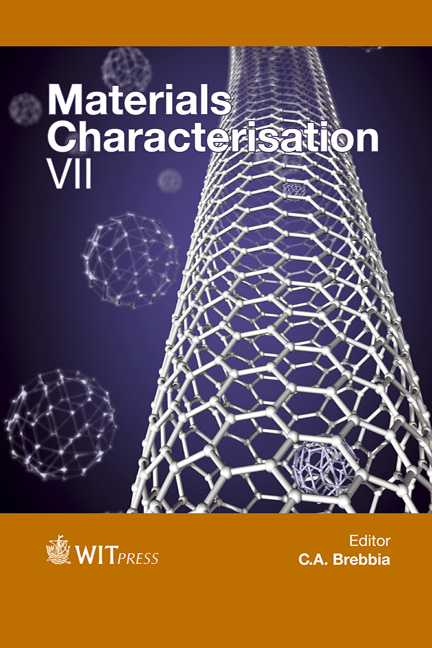Characterization Of The Effect Of Wetting–drying Cycles On The Behaviour Of Hydrophilic Additives In Mineral Wool
Price
Free (open access)
Transaction
Volume
90
Pages
12
Page Range
71 - 82
Published
2015
Size
694 kb
Paper DOI
10.2495/MC150071
Copyright
WIT Press
Author(s)
I. Antepara, Z. Pavlík, M. Jerman, M. Pavlíková, R. Černý
Abstract
Salts and water are assumed to damage historical masonries. Therefore, many conservation treatments have been developed by research teams for the consolidation and protection of porous building materials affected by salt attack. Among them, different methods for obtaining effective desalination of historical masonry were proposed, having smaller or bigger disadvantages. Cellulose is the favourite material added to poultices used in desalination, and hydrophilic mineral wool (HMW) is considered as a possible alternative. Thanks to its hydrophilic additive, HMW allows water transport along the fibres, but contrary to cellulose it is an inorganic material, which reduces the maintenance of the poultice. In this paper, behaviour of the hydrophilic additive in relation to the wetting–drying cycles is studied. Basic characterization of the HMW is performed. Water and chloride absorption coefficients are measured using a standard free water uptake experiment. Additionally, moisture profiles are accessed using gravimetric method, and the moisture diffusivity as a function of moisture content is calculated using an inverse analysis procedure. The measurements are performed on samples pretreated several times in water and 1M NaCl water solution. Finally, FTIR and chromatographic analyses of HMW leached in water were performed to verify the assumed leachability of the hydrophilic additive. The measured water and NaCl water solution transport parameters confirm that HMW can be used in building materials desalination; the observed drop in the water absorption coefficient is explained using the FTIR results.
Keywords
hydrophilic mineral wool, water and salt transport properties, wetting–drying cycles, hydrophilic additive, desalination





